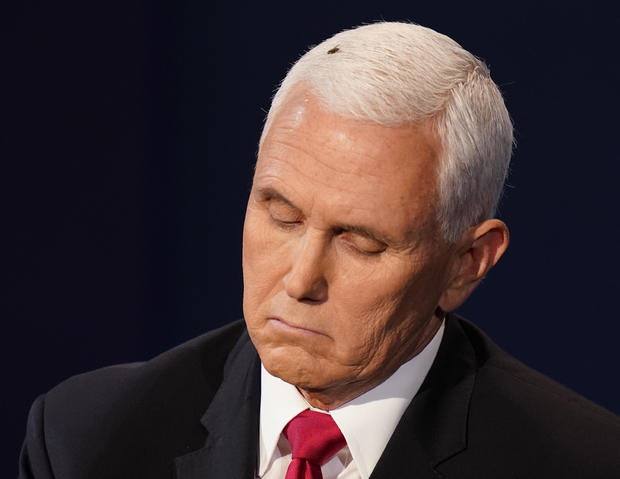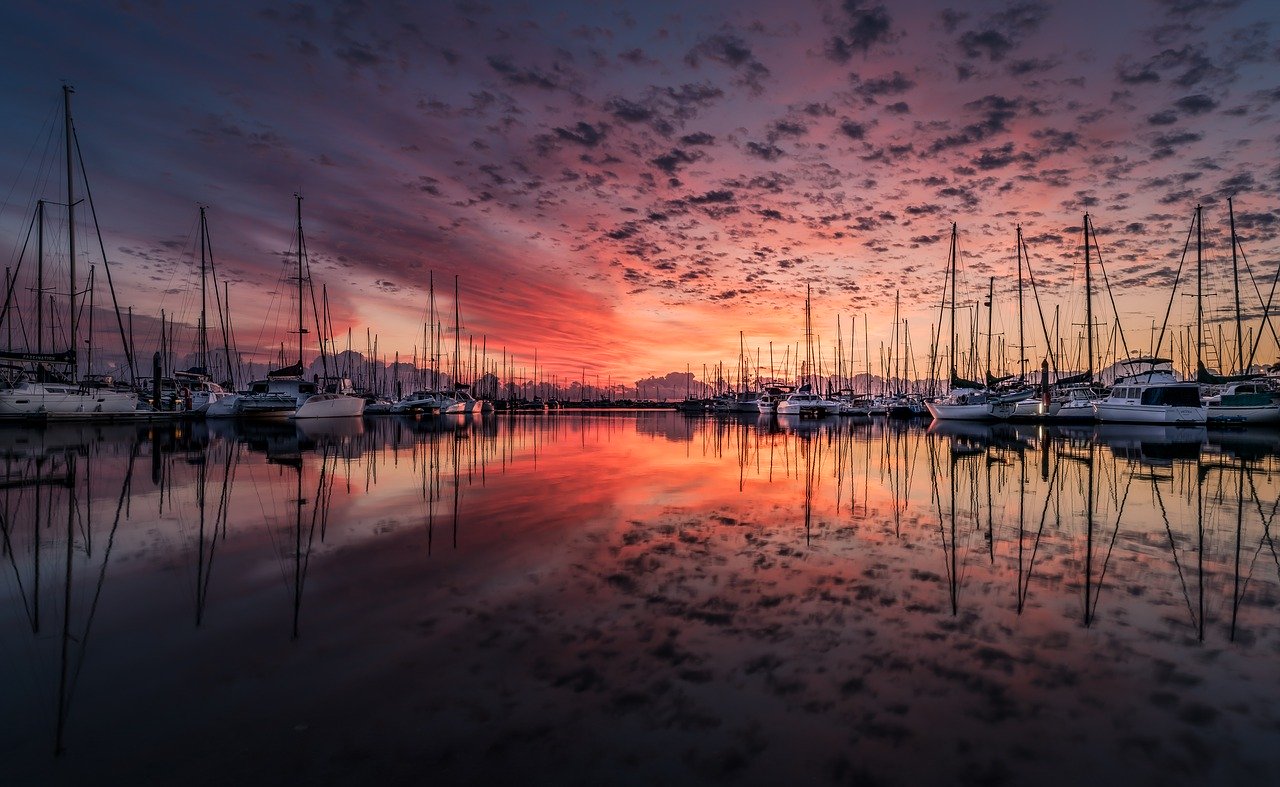“Somalia is a land that has descended so deeply into misery that “failed state” is too generous a description for the country.” –TIME Magazine
In August 2020, three Iranian hostages who had been held for five years were freed by Somalian pirates, as contradictory news emerged that another ship had been intercepted after a three-year pause. The three Iranian hostages were the last of the crew of FV Siraj, an Iranian fishing vessel intercepted by pirates on 22 March 2015. For the Somalian pirates, who’ve held over 2,300 crew between 2010 and 2019, this liberation was supposed to mark the end of almost a decade of international maritime piracy. However, in other news, six armed men hijacked the Panama-flagged Aegean II off the coast of Somalia, after it had engine problems, as mentioned by a regional governor in Somalia.
Considering this and a significant number of attacks on maritime transport vehicles in the recent past, it becomes important to understand the root causes and lack of law enforcement in order to combat Piracy and the Emergence of Modern Day Pirates. The Somalian Piracy crisis emerged many years ago and appears to pose a significant problem for the international community. Even though piracy is an international crime for which the concept of universal jurisdiction extends, states operating off Somalia’s coast face significant difficulties in prosecuting pirates (Universal jurisdiction doctrine provides that every court has the authority to prosecute criminals who have perpetrated international offenses such as piracy.)
In order to understand the status quo of piracy off the coast of Somalia, it’s important to understand its history. The author aims to do an analysis of International Piracy and the role of the Law of the Sea in countering one of the oldest international crimes.
The nature of Somali piracy is directly related to the country’s political environment, which, since 1991 has been ravaged by civil war and where the government occupies just one portion of the capital. The issue is compounded by Somalia’s geography. About 40% of world exchange has to go across the short straight line between the Horn of Africa and the Arab Peninsula. The volatile humanitarian crisis in Somalia allows more and more citizens to conduct acts of piracy and this makes it almost impossible to enforce the law. At the same time, the wage disparity between the wealthy and the weak has greatly increased. Somalia has the world’s freest liberated open market economy, with no central bank regulating money flow, fixing interest rates, or managing inflation, which could be another reason for people to get involved in crimes like that of Piracy.
Piracy is also said to be funded by influential warlords from Somalia who maintain influence over their respective regions of power; they periodically finance and enjoy the rewards of pirate attacks in the event of a productive hijacking and ransom payment. Pirates are usually active outside the coastal towns of Somalia, where they can easily dock their own skiffs and retrieve their stolen goods and captives. Coastal towns in Somalia profit economically from piracy proceeds and so they have little reason to participate in anti-piracy operations. The government of Somalia has lost full oversight over the numerous maritime regions where pirates are running and are unable to respond with piracy, law enforcement, or any military activity to counter the same.
Nations have encountered challenges that have been exacerbated by the limited interpretation of Piracy in international law. The UN Convention on the Law of the Sea (“UNCLOS”), the global authority for dealing with maritime disputes, describes piracy as :
“Piracy” consists of any of the following acts:
(a) any illegal acts of violence or detention, or any act of depredation, committed for private ends by the crew or the passengers of a private ship or a private aircraft, and directed:
- on the high seas, against another ship or aircraft, or against persons or property on board such ship or aircraft;
- against a ship, aircraft, person or property in a place outside the jurisdiction of any state;
(b) any act of voluntary participation in the operation of a ship or of an aircraft with knowledge of facts making it a pirate ship or aircraft;
(c) any act of inciting or of intentionally facilitating an act described in subparagraph (a) or (b)
The definition provided under UNCLOS has been considered to be more inclined towards customary international law. It gives a narrow interpretation of the crime of piracy in the following way.
Firstly, piracy has to occur in the high seas. If Somali pirates hijack a vessel in Somalia’s territorial waters, the attack will not count as piracy under UNCLOS. Therefore, although patrolling nations can be permitted to access territorial waters of Somalia in order to deter pirate attacks, if attacks take place in those waters, they would anyway not be considered attacks of piracy under International Law.
Secondly, an attack by pirates must include two vessels: a victim and an aggressor’s vessel. This could be problematic in situations where pirates try to board the victim’s vessel at its last port of entry, and then, later on, hijack the boat in the high seas. In this case, even though the hijacking would almost resemble piracy, it won’t be considered piracy.
Thirdly, it is necessary to commit the act of piracy for private purposes. If pirates happened to be related to a political cause or whether they were acting on behalf of a state agency, their acts would not count as piracy under international law.
Apart from the loopholes prevalent within the statute, a major issue is the applicability of the statute itself. The Convention (UNCLOS) is veiled in soft legal language. The implementation of the law relies on the member states. In other words, the law has no legally binding consequences.
A lot of nations have tied up with regional partners like Kenya, Seychelles, and Mauritius and have tried to capture and prosecute the pirates in the courts of these regional partner countries. In addition, the U.N. has also established a Piracy Contact Group, a group of state representatives that would meet several times a year and would work to find solutions to the piracy crisis in Somalia. The UN Report also recommended the creation of a Somali extraterritorial tribunal to be developed in neighboring Tanzania that would strictly apply Somali law but, for apparent security purposes, would be headquartered outside Somalia. Although this approach initially seemed appealing, it was met with opposition from Somalian people and hence, it couldn’t be implemented.
Major maritime nations need to support and deliberate to develop a wider view of UNCLOS and customary law, at the same time establish that international law does not explicitly preclude capturing states from sending pirates to third parties for trial, or by depending on certain agreements, such as the Convention for the Suppression of Unlawful Acts against the Safety of Maritime Navigation and other anti-terrorism treaties, which do not limit capturing states from initiating trial in their own courts. The most optimal solution, for now, would be to proliferate patrols in the Indian Ocean and to capture the pirates and prosecute them in the courts of the regional partners, in return of which these partners could receive monetary assistance from these nations. At the end of the day, Maritime Nations need to make sure that these pirates don’t become hostis humani generis of the modern-day.
Hriti Parekh is an undergraduate law student at Hidayatullah National Law University (HNLU), Raipur, India.
Suggested citation: Hriti Parekh, Somalian Pirates and the Law of the Sea: International Law in Crisis, JURIST – Student Commentary, October 7, 2020, https://www.jurist.org/commentary/2020/10/hriti-parekh-somalia-piracy/
Opinions expressed in JURIST Commentary are the sole responsibility of the author and do not necessarily reflect the views of JURIST's editors, staff, donors or the University of Pittsburgh.








/cloudfront-ap-southeast-2.images.arcpublishing.com/nzme/6X2M5UTVOJCVFBY64O2J2IJ26Y.jpg)



 Credit...Doug Mills/The New York Times
Credit...Doug Mills/The New York Times










